Social media advertising is a paid marketing campaign displayed on social media platforms like Facebook, Instagram, Twitter, LinkedIn, TikTok, Pinterest, and others. These ads are designed to promote products, services, or brand awareness while engaging a targeted audience to achieve specific marketing goals, such as sales, website visits, or brand visibility.
Moreover, Social media ads are a powerful tool because they allow businesses to connect directly with users in a highly interactive environment. Here’s a detailed breakdown of social media advertising:
Key Elements of Social Media Advertising
1.Platforms:
Social media ads can appear on various platforms, each with its own unique features and audience demographics. Examples of major platforms include:
Facebook & Instagram:
These platforms allow highly visual ads (image, video, carousel) and are ideal for B2C businesses, especially in fashion, beauty, food, fitness, and retail industries.

Twitter:

Primarily used for real-time conversations and trending topics. Best for short, punchy messages, promotions, and customer engagement.
LinkedIn:
A professional platform ideal for B2B marketing, such as offering services to other businesses, professional development tools, and industry-specific products.

Tiktok:

Short-form, engaging videos that are especially effective with younger audiences (Gen Z, Millennials). Ads here are fun, creative, and tend to go viral when designed well.
Pinterest:
Visual-driven, good for products like fashion, home decor, and beauty. It’s used for inspiration and discovery.

2. Ad Formats :
Social media platforms offer different ad formats to engage users:
Image Ads:

Single image posts that highlight a product or service.
Video Ads:
Short, engaging videos that showcase products, tutorials, or stories. Great for building emotional connections with the audience.

Carousel Ads:

Ads featuring multiple images or videos that users can swipe through. Ideal for showcasing different products or features.
Story Ads:
Full-screen ads that appear between user stories on platforms like Instagram and Facebook. These are interactive and short-lived.
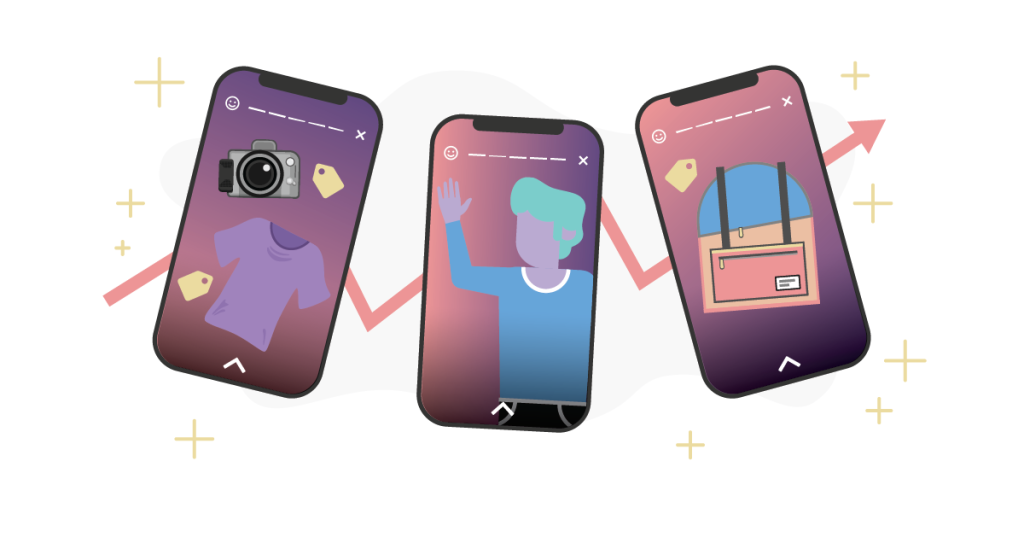
Sponsored Posts:
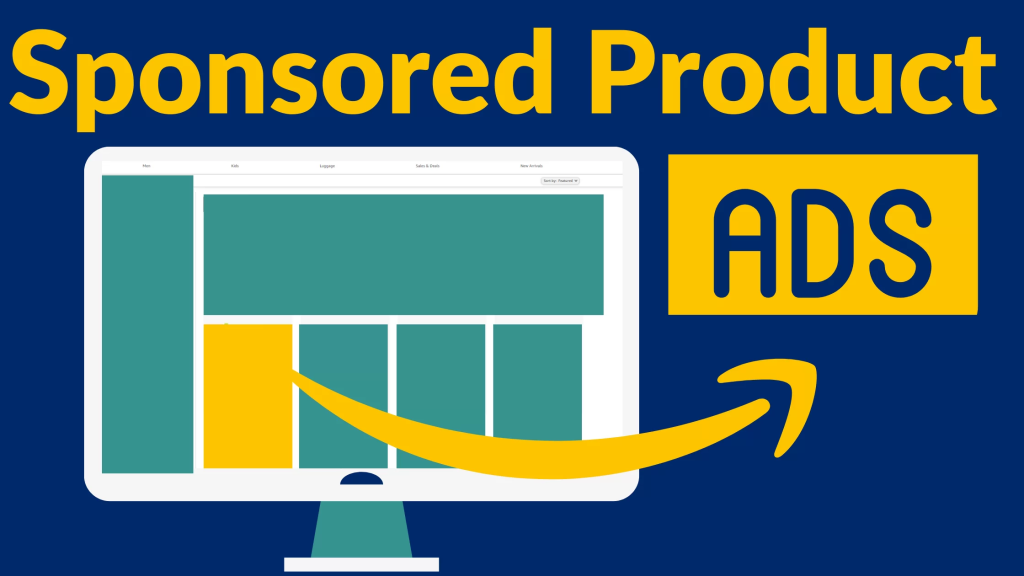
Organic-looking posts that blend with user-generated content but are promoted through a business’s ad budget.
Collection Ads:
For e-commerce, these ads allow users to browse products directly from the ad (seen on Facebook and Instagram).
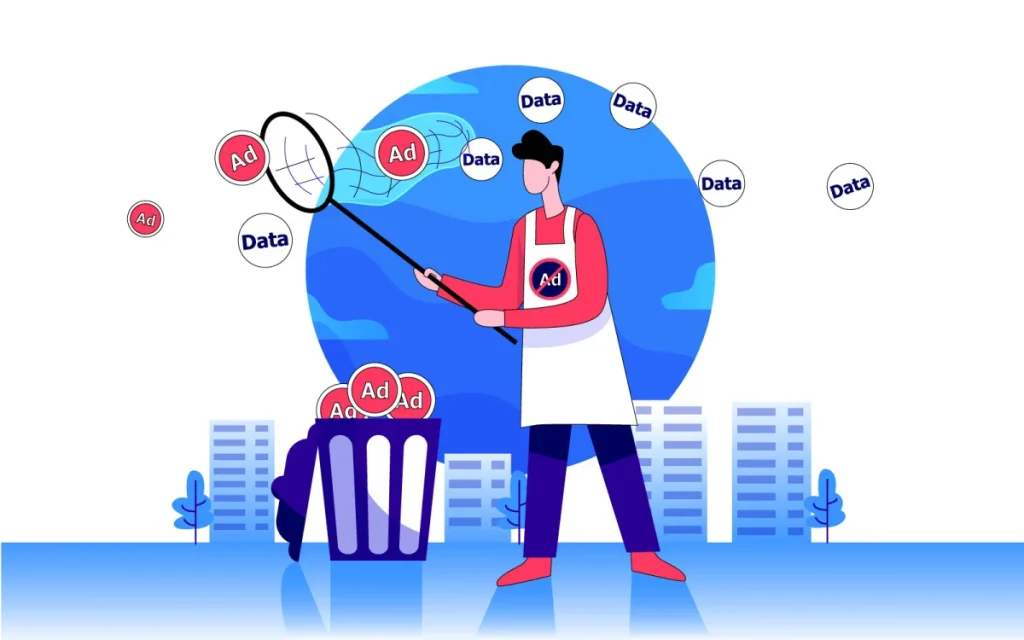
3. Targeting Options :
One of the key advantages of social media ads is the ability to target specific audiences based on:
Demographics:
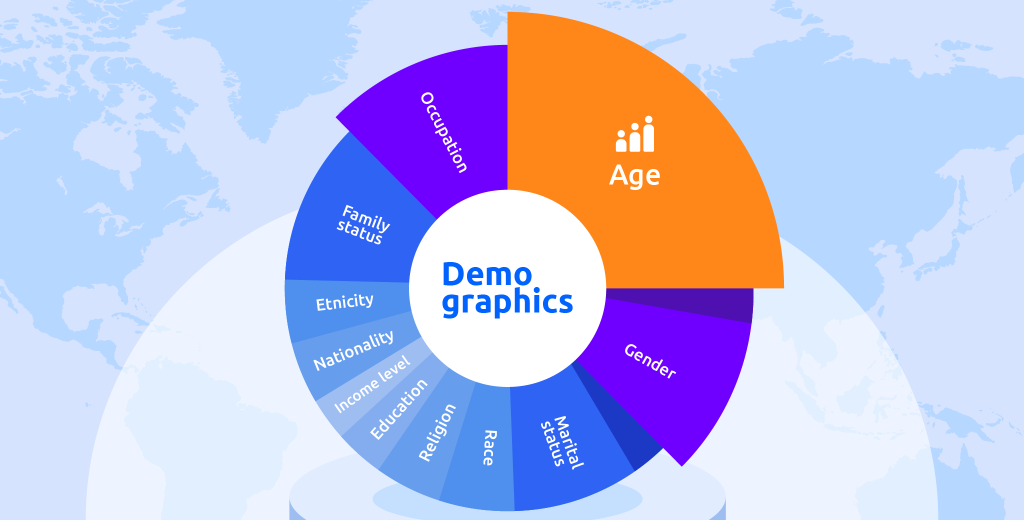
Age, gender, location, education level, job title, etc.
Interests:
Hobbies, shopping habits, or other activities users have expressed an interest in.

Behavior:

Users’ actions, like purchasing habits, device usage, or content engagement (likes, shares).
Custom Audiences:
Upload your customer list and target people who have interacted with your business before.

Lookalike Audiences:

This feature allows you to target new users who share similar characteristics to your existing customers.
Retargeting:
Showing ads to people who’ve previously interacted with your business (e.g., visited your website, added items to a cart, but didn’t purchase).

4. Budgeting and Bidding
Social media advertising platforms operate on a bidding system. Advertisers choose how much they are willing to pay for specific outcomes, such as clicks or impressions.
Cost Per Click (CPC):

Advertisers pay when a user clicks on the ad.
Cost Per Impression (CPM):
Advertisers pay per thousand impressions of their ad, regardless of whether users click on it.

Cost Per Acquisition (CPA):

Advertisers pay when a user takes a specific action (like making a purchase or filling out a form).
Bid Strategy:
Manual Bidding:
Advertisers set their own bid amount for each action.
Automatic Bidding:
Platforms set the bid amount based on the advertiser’s budget to maximize results.

Most platforms allow you to set daily or lifetime budgets, making it flexible for businesses of all sizes.
5. Analytics and Performance Metrics :

To measure the success of a social media advertising campaign, businesses need to monitor a variety of key performance indicators (KPIs), including:
Impressions: The number of times your ad is displayed to users.
Clicks: The number of times users click on your ad, typically used for CPC campaigns.
Click-Through Rate (CTR): The percentage of people who clicked on the ad after seeing it. A higher CTR usually indicates an engaging ad.
Conversion Rate: The percentage of users who took the desired action (purchase, sign-up, etc.) after clicking on the ad.
Cost Per Conversion (CPC or CPA): How much you spend for each successful conversion.
Return on Ad Spend (ROAS): The total revenue generated by the ad campaign divided by the total spend on ads.
Engagement: Likes, shares, comments, and other interactions that show how well the ad resonated with the audience.
Most social media platforms have robust analytics dashboards to help track and optimize campaign performance in real time.
6. Advantages

Targeted Reach: Advertisers can reach their ideal audience based on detailed demographics and behaviors.
Cost-Effective: Social media ads are often more affordable than traditional forms of advertising like TV or print.
Real-Time Results: Advertisers can adjust campaigns quickly based on performance.
Engagement: Social media ads can prompt direct interaction with users, allowing brands to engage in two-way conversations.
Scalability: Campaigns can be scaled quickly to reach broader or more specific audiences depending on the goals.
7. Challenges in Social Media Advertising
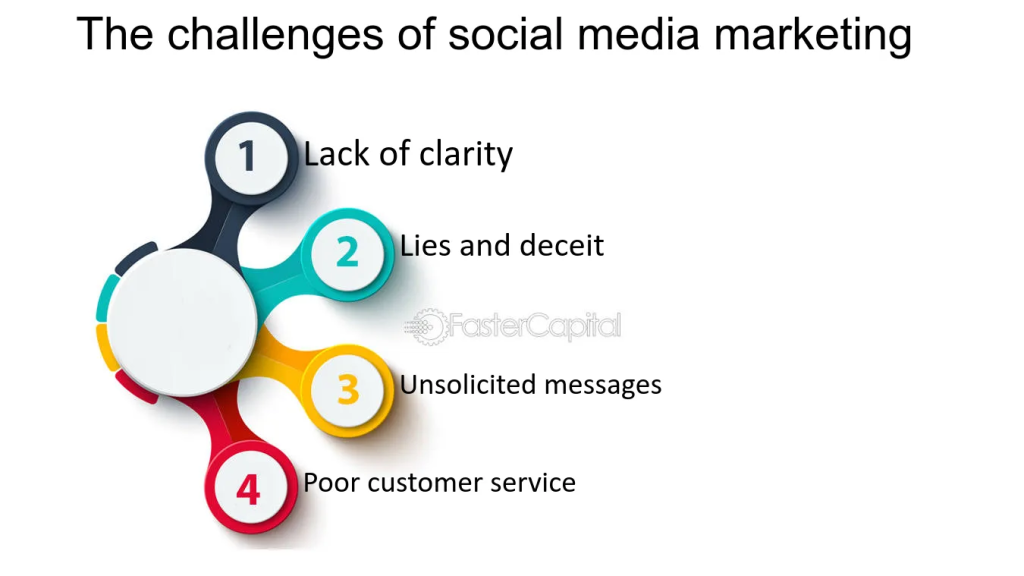
Ad Fatigue: Users may get bored or annoyed by seeing the same ads repeatedly.
Algorithm Changes: Social media platforms regularly update their algorithms, which can affect the visibility and reach of ads.
Ad Blockers: Some users use ad blockers, reducing the effectiveness of ads.
Increasing Competition: As more brands adopt social media advertising, standing out in the crowded space becomes more challenging.
Conclusion
Social media advertising is an essential tool in modern marketing, providing businesses with unparalleled access to large, diverse audiences. By leveraging the targeting capabilities of platforms like Facebook, Instagram, LinkedIn, TikTok, and others, advertisers can deliver tailored content that resonates with potential customers, driving engagement, conversions, and brand loyalty. With continuous changes in social media trends and algorithms, businesses must stay flexible and innovative to maintain their ad performance and effectiveness.
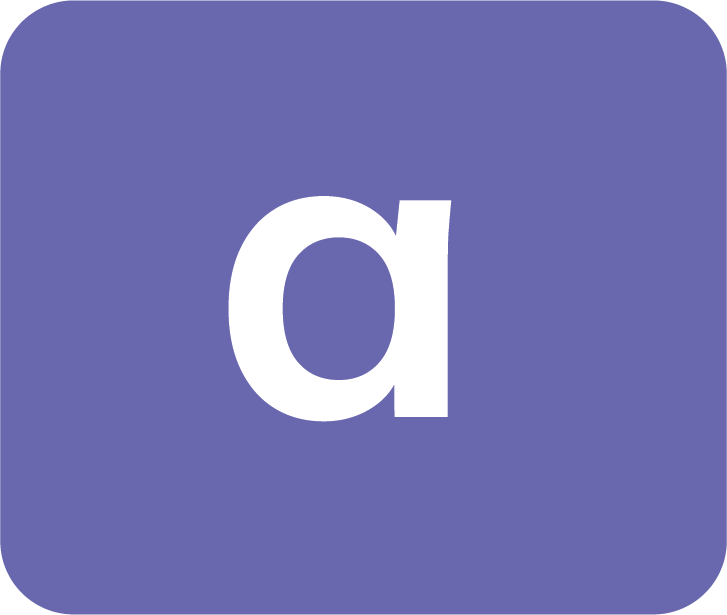







[…] CLICK HERE to learn how to create a successful Native Ad Campaign in ADSARO. […]